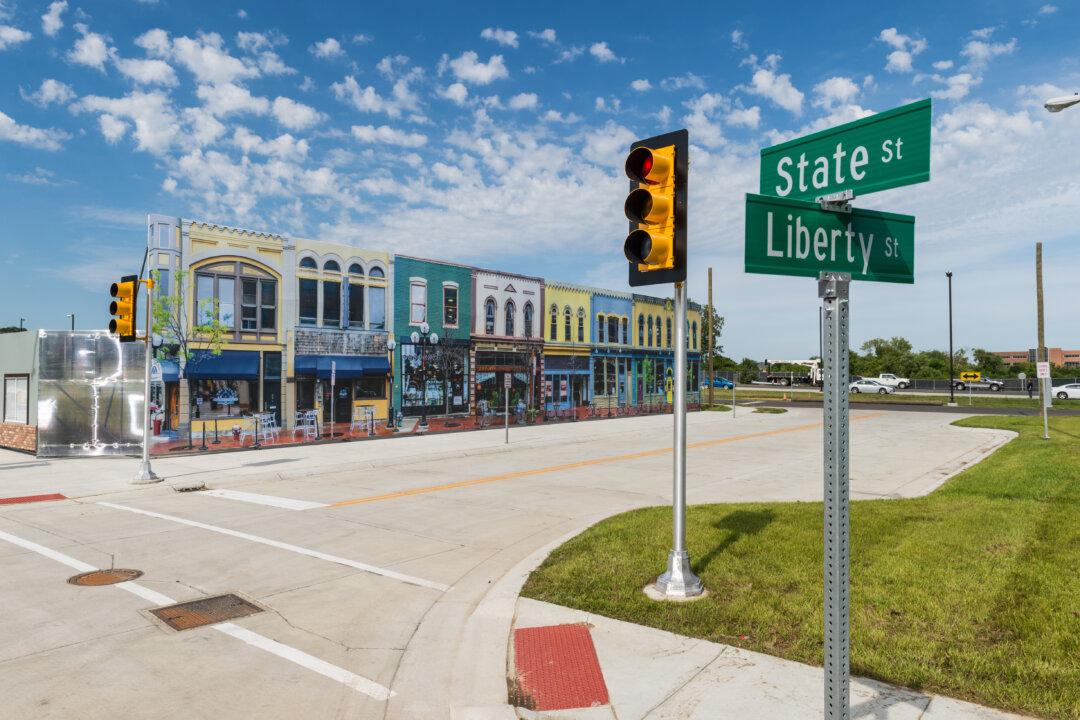Autonomous vehicles promise great things: fewer accidents, less congested roads, and freeing up hours each day for erstwhile drivers. But as with any new robot technology, self-driving cars also face an anxious public concerned about software-fueled road fatalities.
Testing has been hitherto limited to selected areas in California and the Nevada highways, far away from densely populated cities that are too complex for the cars to safely navigate. Soon, however, the new technology will have a chance to cut its teeth navigating in an urban environment—it just won’t be real.





